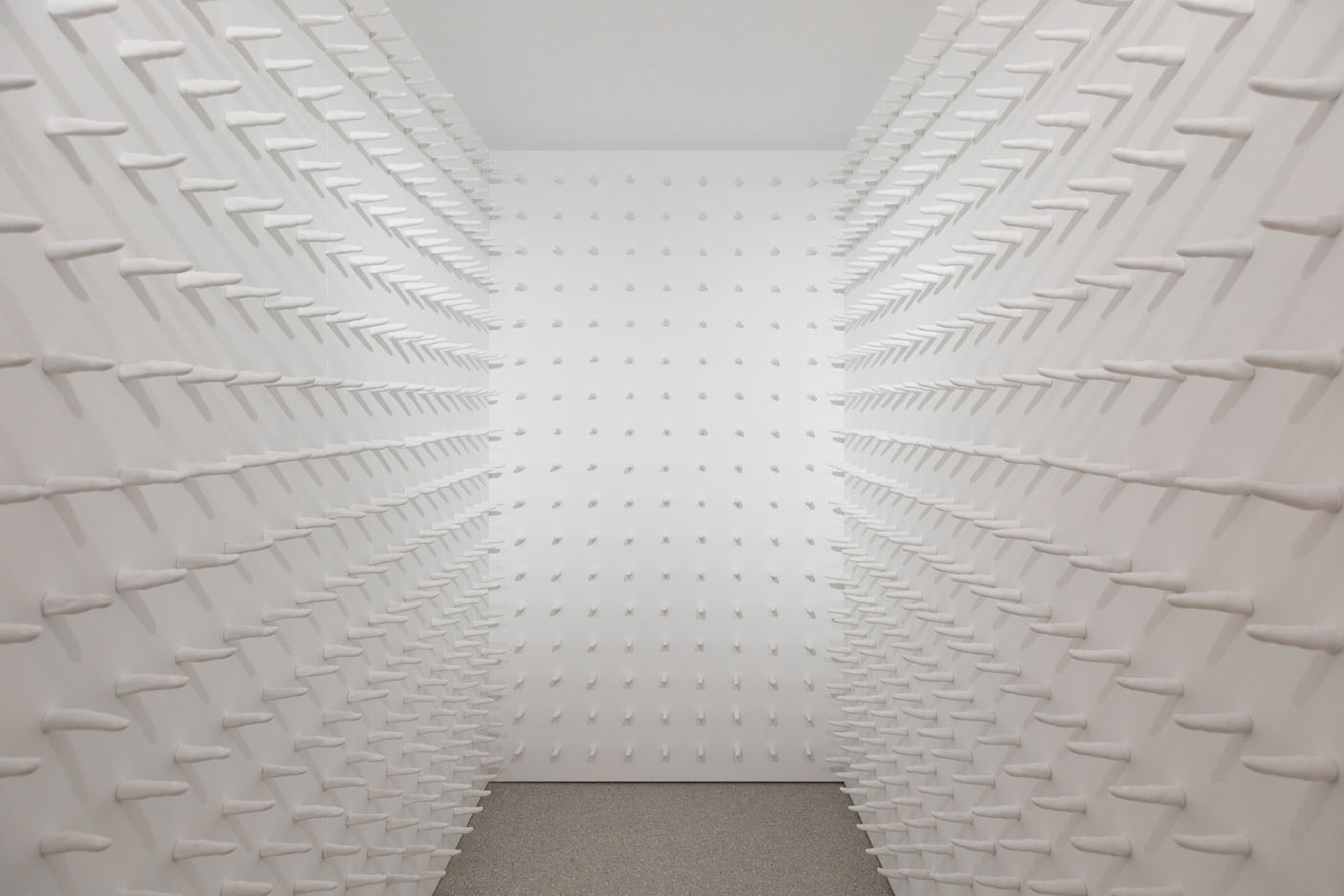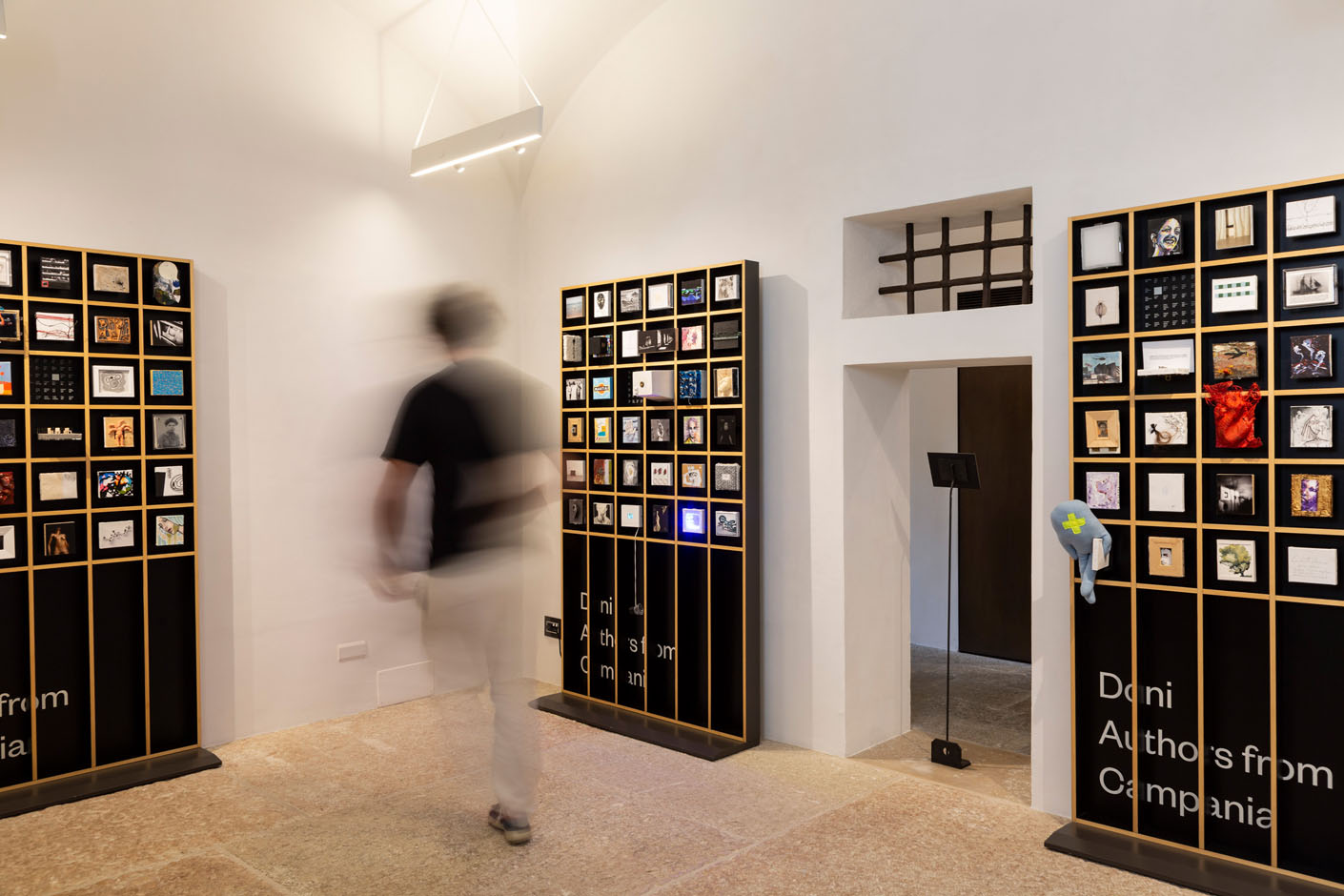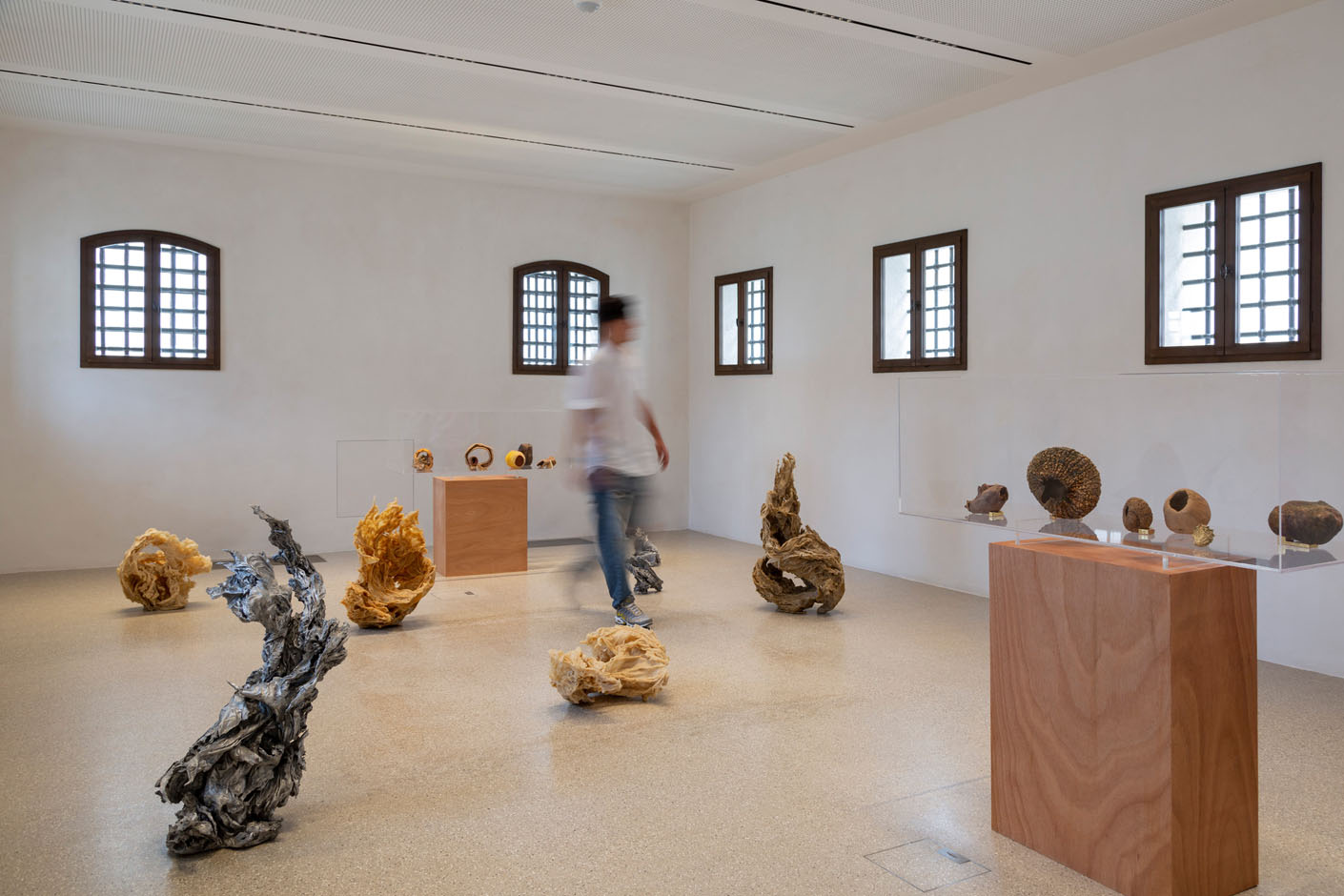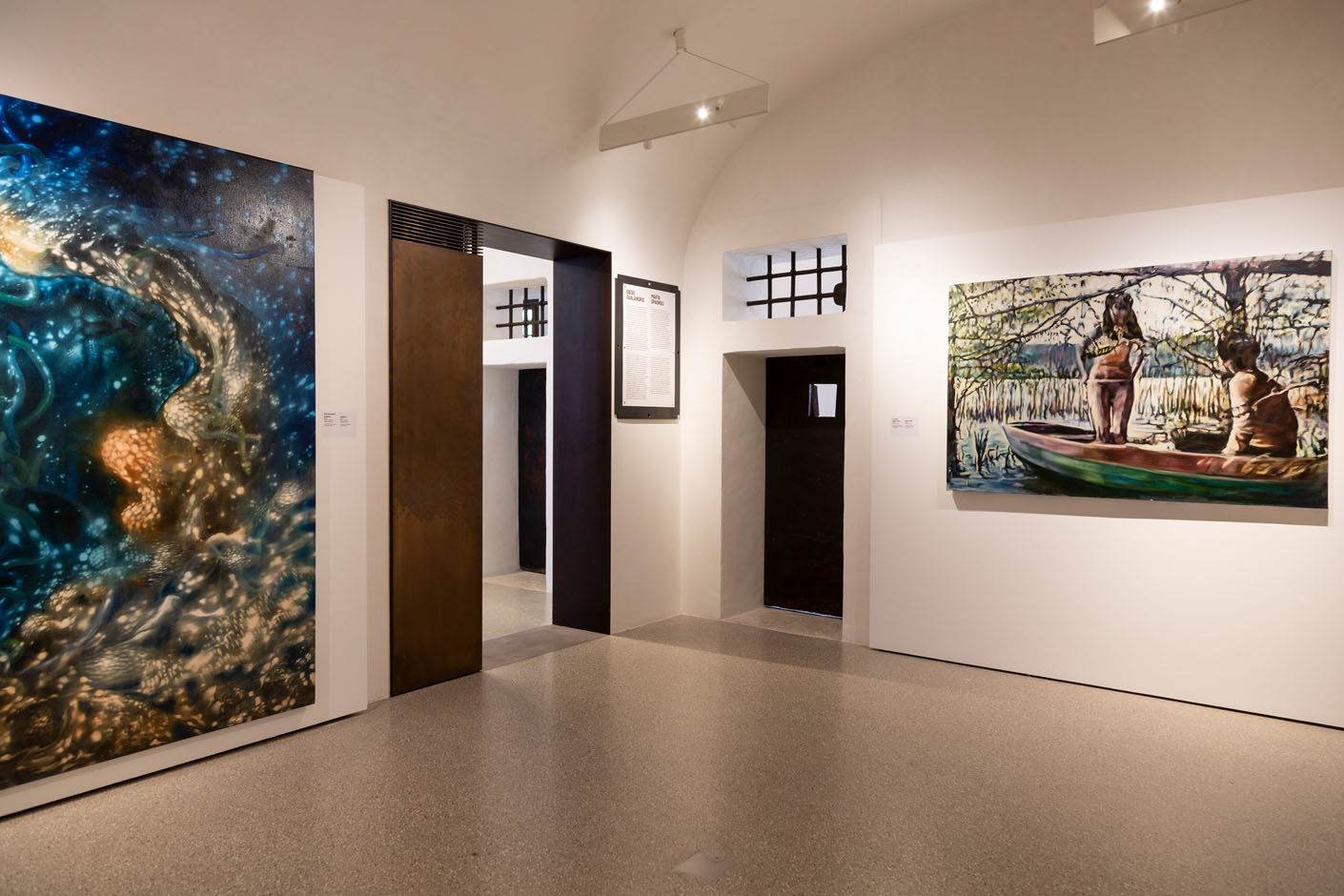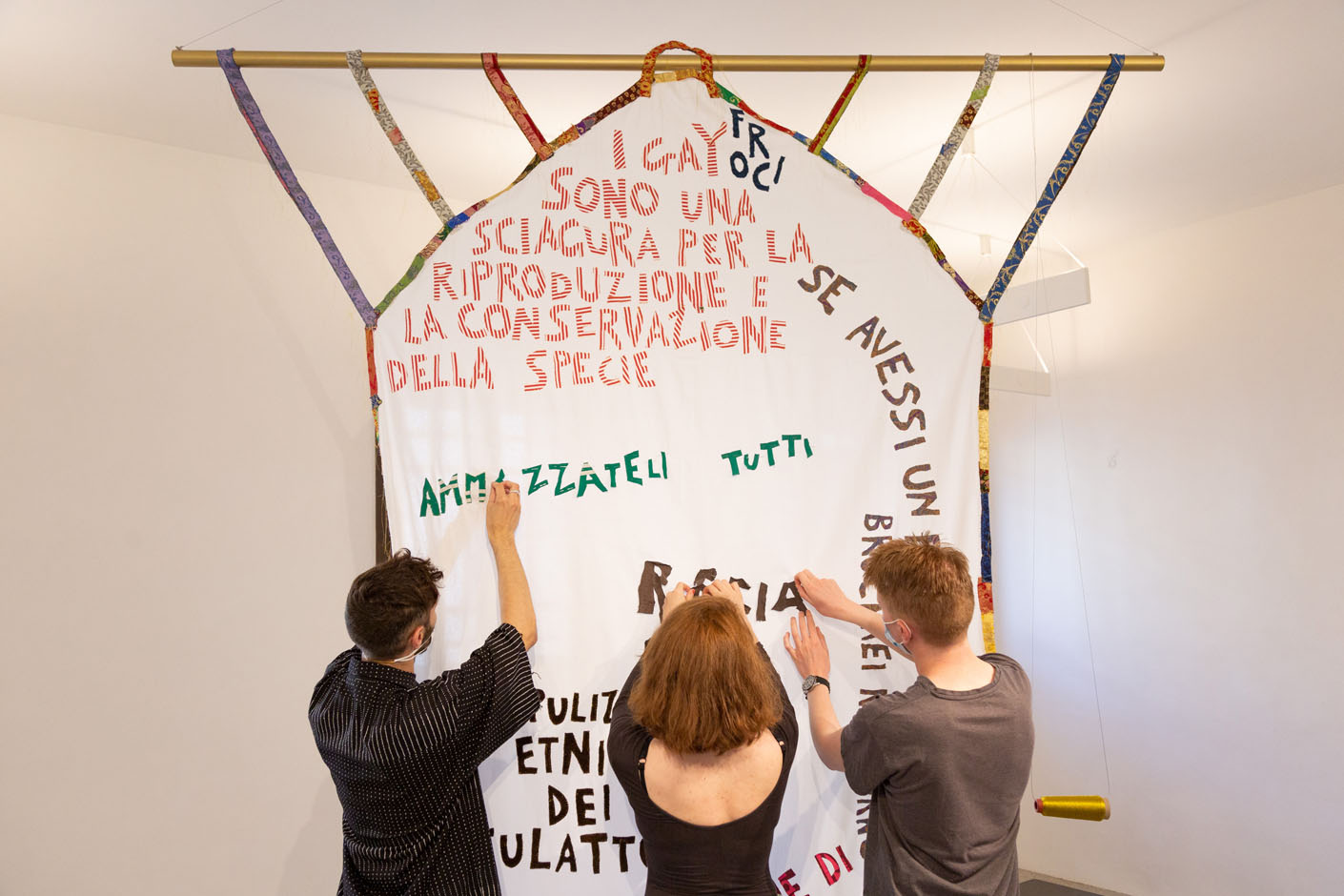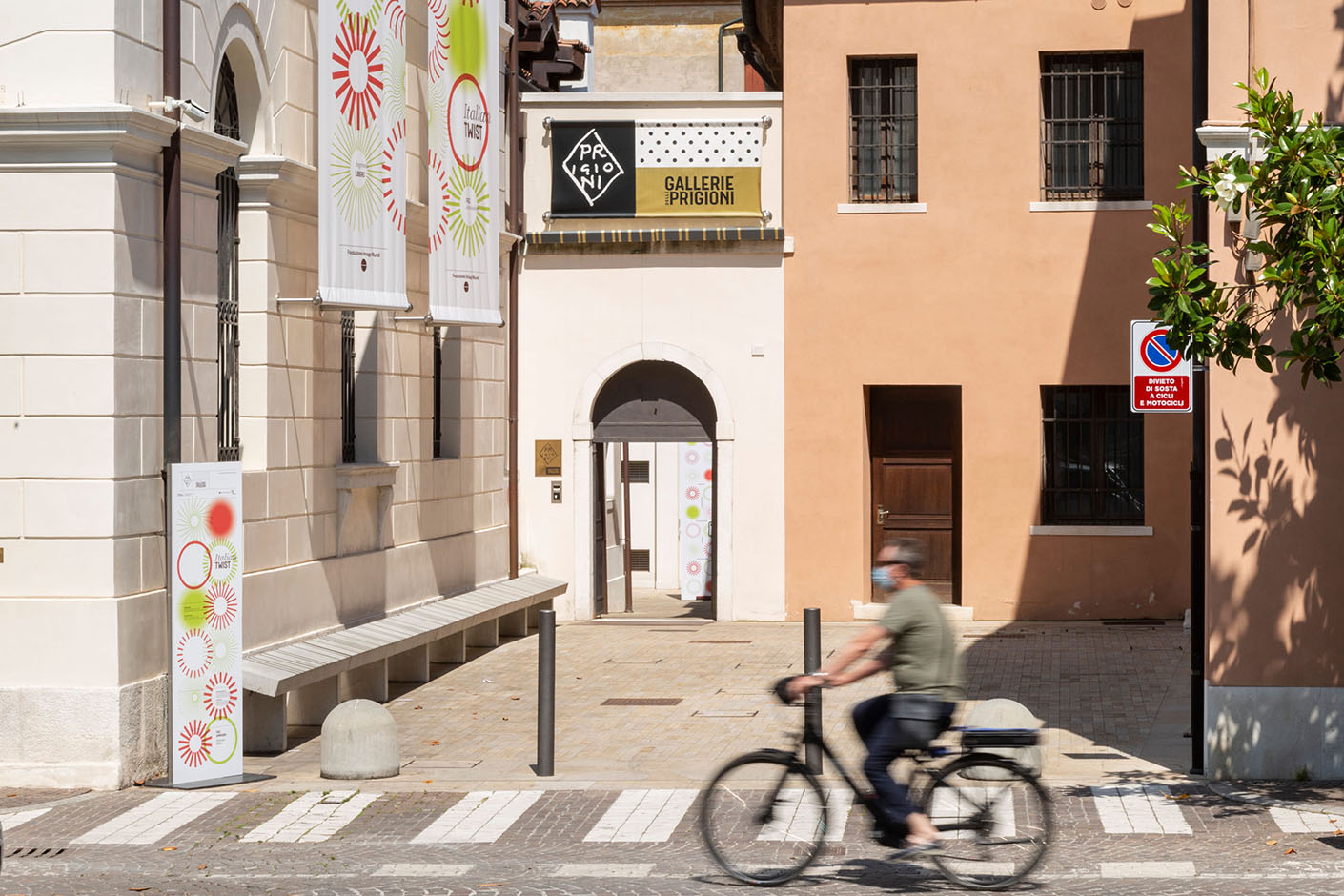EXHIBITION
Italian Twist
Italian Twist investigates Italian visual contemporary art between short circuits, creative shots, reversals of perspective and new aesthetic illumination
Curated by
Elisa Carollo
Mattia Solari
Discover more
Artists
EVENTS
Italian Twist is a group show that presents works by 19 Italian artists born in the ’80s and ’90s, alongside four Imago Mundi Collection focused on Italy. Together they form a corpus that wants to act as a litmus test of the cultural energies of the peninsula. The exhibition is conceived as encounters between works with different languages, iconographic references, and themes.
Despite the variety, some common lines emerge, such as an approach to sculpture centered on the process, as in the works by Luca Trevisani, Serena Vestrucci, Fabio Roncato, and Alice Ronchi; these artists position themselves more as activators of processes than as authors of forms.
If sculpture transcends form, painting assumes the role of filter: the artists in the exhibition share a tendency towards the porosity of pictorial times and spaces. Having overcome the abstract-figurative dichotomy, dimensions that seem to coexist peacefully, the canvas becomes a diaphragm that allows what lies beneath to shine through, both in the case of veils and superfetations of color, as in the sinuous forms of Diego Gualandris or Marta Spagnoli, or when collective or personal stories and iconographies emerge, as in Iva Lulashi and Paola Angelini. Similar to painting, but going beyond the canonical techniques, are the casts on calico by Ludovico Orombelli and the painted mats that are loaded with local identity stories by Gianluca Concialdi.
A good number of artists are interested in reflecting on the role of the individual in society, problematizing urgent issues, such as civil rights in the new project by Ruben Montini, the control and psychological subjection in Giuseppe Di Liberto, the status of mental illness in Christian Fogarolli, and a reflection on the faculty of judgment with Alessandro Simonini. The digital dimension is investigated by Irene Fenara who reflects on the theme of surveillance and the images that derive from it, and by The Cool Couple who create a bubble-free from the constant connection with digital devices we constantly live. More intimate is the intervention of Ruth Beraha and Allison Grimaldi Donahue who present a sound intervention that is a declaration of love in poetic terms. Finally, Riccardo Giacconi reflects through a famous singer the transition from modernism to postmodernism in the Italian context.
Italian Twist invites us to become accomplices of the works and to welcome their suggestions in the understanding that, rather than providing answers, art stimulates our constant search for meaning about the time in which we live.
10 June / 7 November 2021
Gallerie delle Prigioni - Treviso
Curated by
Elisa Carollo
Mattia Solari






















